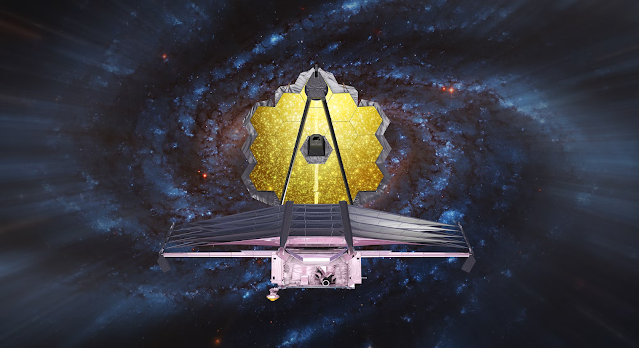Less than one week remains until NASA's James Webb Space Telescope releases its first photographs in full color, but how does the telescope identify and lock onto its targets?
The Canadian Space Agency created the Fine Guidance Sensor (FGS) for Webb with this specific topic in mind. It just recorded an image of galaxies and stars that gives a fascinating preview of what the telescope's scientific sensors will disclose in the next weeks, months, and years.
FGS has always been capable of taking images, but its main function has been to allow precise scientific measurements and imaging via precise pointing. When images are captured, they are often not stored: Due to the restricted bandwidth between L2 and Earth, Webb can only transmit data from two scientific instruments at once.
During a week-long stability test in May, the crew realized that they could store the acquired pictures since there was sufficient data transmission capacity.
The picture produced as a consequence of the engineering test includes some jagged edges. It was not intended to be a scientific observation; rather, the data was collected to test the telescope's ability to lock onto a target, although it does hint at the telescope's strength.
It has a few characteristics of the perspectives Webb developed during its post-launch preparations. Bright stars are distinguished by their six, lengthy, strongly defined diffraction spikes — a phenomenon caused by the six-sided mirror segments of Webb. Beyond the stars, galaxies comprise the majority of the backdrop.
According to Webb scientists, the result of 72 exposures recorded over 32 hours is one of the deepest views of the cosmos ever captured. When the aperture of the FGS is open, it does not use color filters like other scientific equipment, therefore it is difficult to examine the age of the galaxies in this picture with the rigor required for scientific research.
FGS is capable of delivering breathtaking vistas of the universe even while recording unplanned pictures during a test.
Learn more here: NASA


Comments
Post a Comment
Share your thoughts